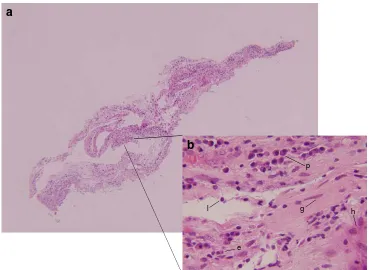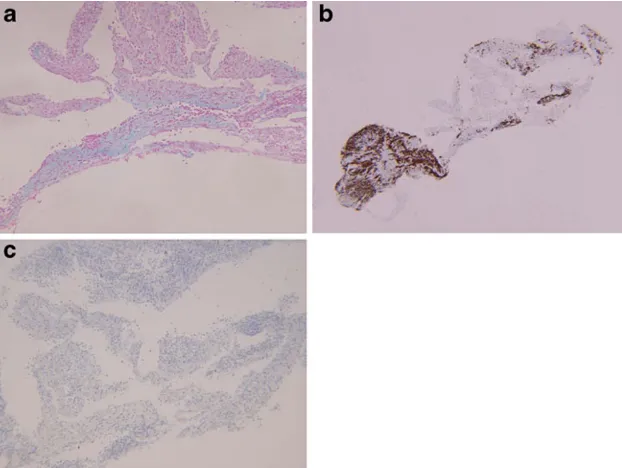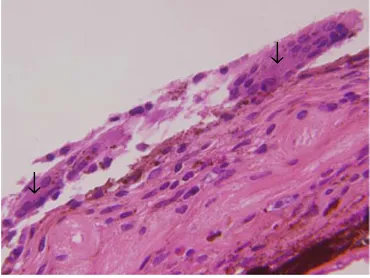Immunohistochemical study of epiretinal membranes in patients with uveitis
Full text
Figure




Related documents
Conclusions: Lower adiponectin concentrations are associated with an increased risk of the development of gestational diabetes mellitus and females, who develop
(2016) wrote an article about steganography which is a technique of concealing private data within a multimedia transporter as picture file, soundtrack file, and
The hyper-alert generator produces hyper-alerts based on the intrusion alerts collected by the alert collection subsystem, and at the same time, derives the prerequisites and
Of course, this whole analysis fails as soon as one finds a subexponential algorithm for the discrete logarithm problem in elliptic curves, but till then the Diffie-Hellman problem
This qualitative phenomenological case study is based on the exploration and production activities of a major oil company in Nigeria, the company’s experiences
This study shows a simple preparation method for a ZLH- hippurate nanohybrid, HAN can be formed in an aqueous environment via a one-step method, in which an aqueous
The present text, therefore, becomes the lower right (and final) citation of the prytany inscription most recently published as Hesperia, XVII, 1948, pp. 96,
ABC DLBCL: Activated B-cell-like DLBCL; BCR: B-cell receptor; BIRC3: Baculoviral IAP repeat-containing protein 3; cIAP2: Cellular inhibitor of apoptosis 2; CLL: Chronic